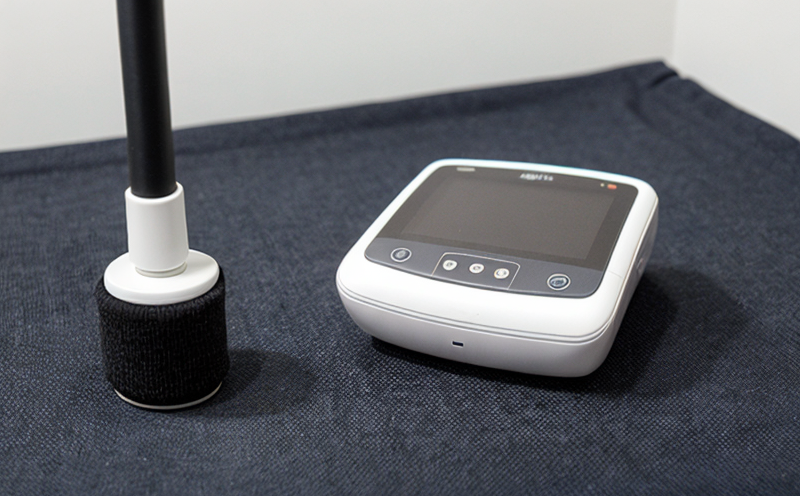Moisture sensitivity analysis of textile based humidity sensors
In today’s rapidly evolving smart and functional textiles industry, moisture sensitivity is a critical parameter that directly impacts the performance and reliability of textile-based humidity sensors. These sensors are increasingly integrated into various applications where environmental conditions play a crucial role in product functionality.
Understanding how moisture affects these sensors is essential for quality managers, compliance officers, R&D engineers, and procurement professionals who need to ensure the robustness of their products under diverse conditions. By conducting comprehensive moisture sensitivity analysis, we can identify potential issues early on, thus minimizing post-launch failures and enhancing overall product performance.
The analysis involves exposing textile-based humidity sensors to controlled levels of moisture over time while monitoring changes in sensor output. This process helps manufacturers understand the threshold at which degradation begins, allowing them to design more resilient products. Additionally, it provides valuable insights into material selection and process improvements that can extend product life.
Our state-of-the-art laboratory uses advanced techniques such as dew point chambers, humidity cabinets, and environmental simulation chambers to conduct these tests under strict ISO 17835-2:2019 standards. The data collected from these experiments is meticulously analyzed using statistical methods to provide accurate and reliable results.
For those interested in further enhancing their understanding of moisture sensitivity analysis, we offer detailed reports that include graphical representations of test outcomes alongside tabulated values. These comprehensive documents serve as valuable resources not only for internal teams but also for external stakeholders like suppliers and customers.
| Parameter | Description |
|---|---|
| Dew Point Temperature Range | From -60°C to +85°C |
| Relative Humidity Levels | 20% RH to 100% RH in steps of 10% |
| Duration of Exposure | Up to 72 hours depending on sample type |
| Environmental Conditions Monitoring | Continuous monitoring using precision sensors |
Scope and Methodology
The scope of our moisture sensitivity analysis includes a thorough examination of textile-based humidity sensors under varying environmental conditions. The methodology involves exposing the samples to precise levels of moisture over defined periods, followed by rigorous evaluation of their performance metrics.
- Initial calibration of all equipment used in testing
- Preparation of test specimens according to industry best practices
- Exposure to different humidity conditions within specified ranges
- Data collection and analysis using statistical tools
We adhere strictly to international standards like ISO 17835-2:2019, ensuring accuracy and consistency in our results. Our team of experienced technicians ensures that every step of the process is carried out with precision, guaranteeing reliable outcomes.
Customer Impact and Satisfaction
By providing accurate moisture sensitivity analysis reports, we empower customers to make informed decisions about their product designs. This information helps in selecting appropriate materials for better durability and reliability under various environmental conditions. It also aids in optimizing production processes, reducing waste, and improving customer satisfaction.
Our commitment to quality has led us to establish strong relationships with numerous clients across different industries. Many of our customers have reported significant improvements in their products' performance after implementing recommendations based on our analysis results. We pride ourselves on delivering not just tests but actionable insights that drive innovation and excellence.
Use Cases and Application Examples
- Smart clothing for athletes to monitor hydration levels in real-time
- Medical garments designed for patients requiring continuous monitoring of vital signs
- Automotive interiors featuring integrated climate control systems that adapt based on passenger comfort
- Outdoor gear such as backpacks and tents equipped with built-in moisture sensors to ensure optimal performance during extreme weather conditions
These examples illustrate how moisture sensitivity analysis plays a vital role in ensuring the functionality of textile-based humidity sensors across diverse applications. Each case highlights the importance of understanding how different environmental factors affect sensor performance, enabling manufacturers to create more effective and reliable products.





